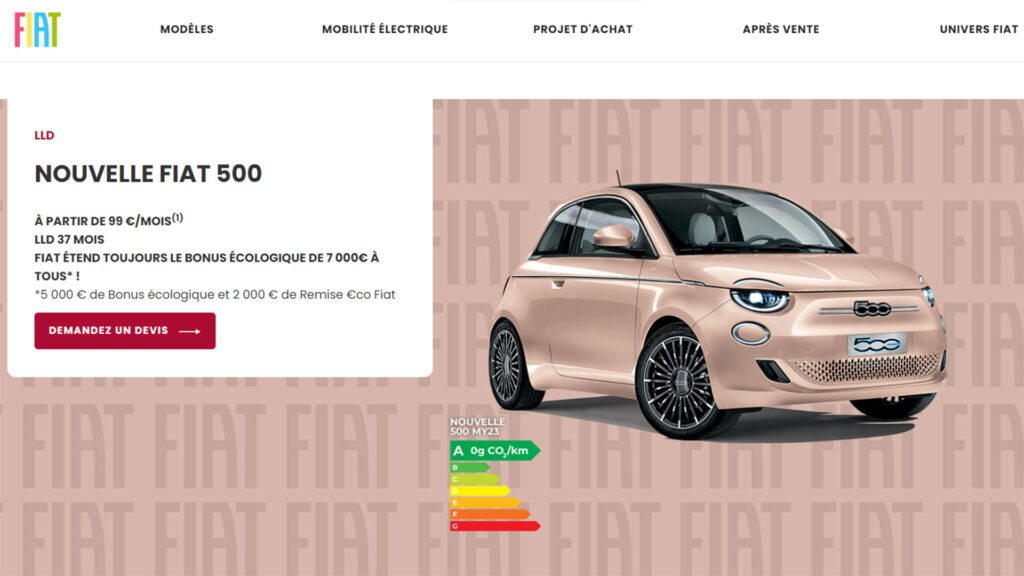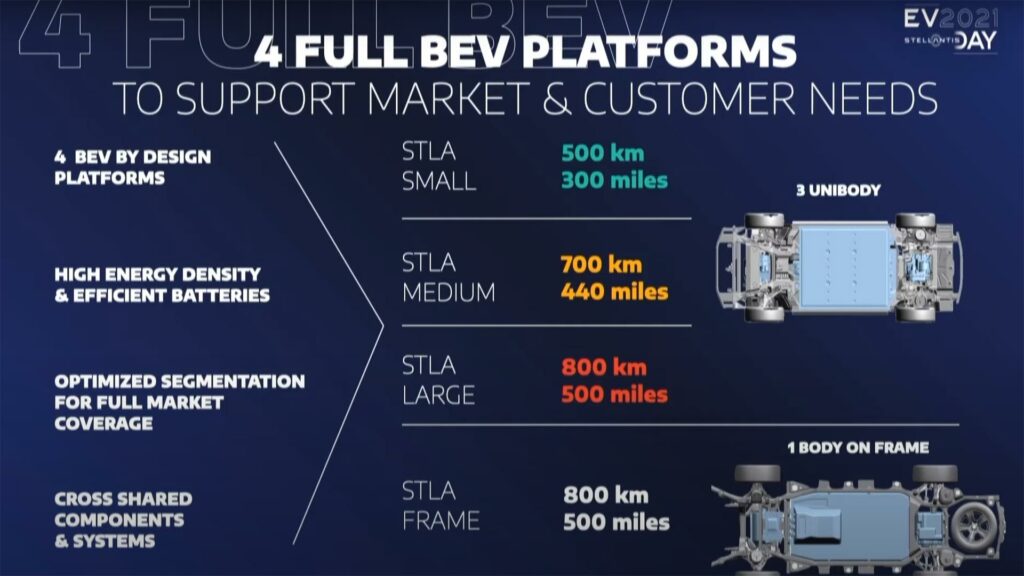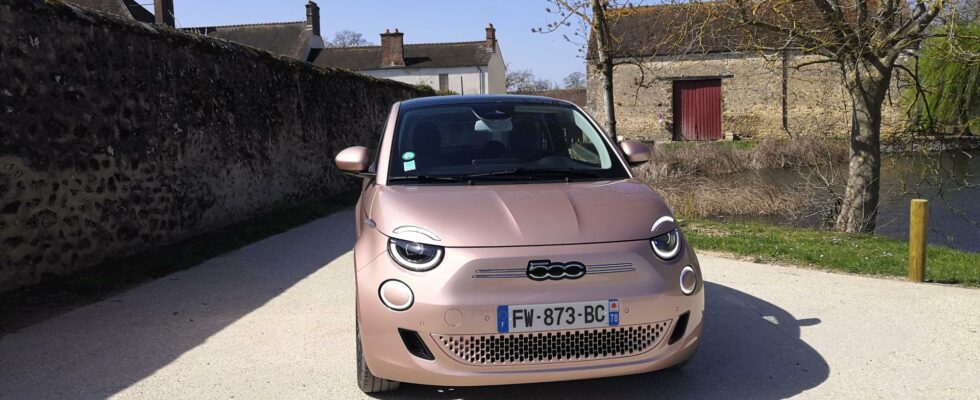Sacrilege! The cute Fiat 500e could also become thermal. However, it was only intended to be electric. What else is going on at Stellantis?
Did Fiat lie a little about its 500th? In the current trend, manufacturers generally have two approaches to electric cars. The first consists of transforming thermal models so that they can also exist in electric on a so-called multi-energy basis. The second solution is to rely on platforms dedicated and optimized for electricity, which then do not make a combustion engine version. And then, there is Stellantis – the group of 14 brands (Peugeot, Citroën, Fiat, etc.) – which makes platforms initially intended to be dedicated to electric power, but which ultimately adapts them to accommodate a thermal engine.
Rumors of a Fiat 500e available in a gasoline version seem to be confirmed, according to information reported by Automotive News Europe on March 20, 2024. Since its launch in 2020, Fiat has always said that the 500e will only be electric. This is also why the old model continued to be marketed for customers who wanted to stay with a gasoline version. What explains this turnaround?
A solution that suits everyone
According to Italpassion, specializing in Italian automotive news, Stellantis suppliers have received a letter. He asks them to reassess the cost and their production capacities to meet the need for 175,000 “new Fiat 500” type vehicles, of which 100,000 models would be thermal engine versions. Initially, Fiat hoped to be able to produce 100,000 units per year of its electric car, but never achieved this goal.

Different factors explain this backpedaling at Fiat. You need to put the different ingredients in a shaker, to better understand the result:
- Fiat cannot do without the sales of its 500 thermal, especially in Italy.
- The old thermal model, still sold, will no longer be able to be sold with the new regulations imposed by Europe this summer.
- The electric Fiat 500 did not reach the expected sales volumes and the sales trend is not expected to reverse.
- The design of the electric Fiat 500 pleases, but some customers are resistant to electric vehicles, particularly for the asking price.
- The platform developed for this unique model (excluding the Abarth version) has not yet been profitable.
- The Italian Mirafiori factory, where the 500th is assembled, does not produce enough to maintain jobs.
- The Italian government is putting pressure on Stellantis not to abandon Italy and its jobs.
When the different pieces of the puzzle are put together, the choice of Fiat seems coherent. This is still a new disavowal for the 100% electric version of the Fiat 500. Stellantis complains of a drop in order volumes after an encouraging first year. It is very possible that this drop in sales strangely coincides with the fact of having increased the price of the model by around €4,000 to €5,000 depending on the version. The entry level has increased in France from €25,400 to €30,400. Obviously, this is a problem for the democratization of electricity.


Modifications to the model to adapt it to thermal and transformations of the production line will inevitably cost Stellantis money. Such an investment could have been used on the current model to make it more competitive by lowering manufacturing costs.
Renault was able to lower its costs on Mégane e-tech and pass this on to prices, it is impossible to imagine that Stellantis is not working on the same objective. Unless all this only ends up in the manufacturer’s margin.
Stellantis and electricity: tough love
The Franco-Italian-American group and its boss continue to send contradictory signals regarding electricity. There is nothing really surprising anymore. However, these permanent backpedals are not without consequences. The group’s image could well end up suffering from this inconsistency, especially when Stellantis systematically seems to choose ease rather than combativeness. The group refuses to question itself, preferring to suggest that customers do not want electric.
The “Dare Forward 2030” strategic plan, however, promised an ambitious program in 2022: 4 electric platforms which would propel Stellantis into electric mobility from 2024. Finally, the STLA platforms appear as multi-energy platforms a little better optimized for electric.


The Peugeot e-3008 and e-5008, which inaugurate the STLA Medium platform, will be delivered from 2025 with hybrid engines. By electric platform, we actually had to understand “electric first”: they are imagined as electric models, but absolutely not dedicated to electricity.
To have real models designed to be 100% electric from Stellantis, you will probably have to enter a dealership of the Chinese manufacturer Leapmotor with which the group has partnered.
To keep up to date with the latest trends in electric mobility, we recommend subscribing to our weekly Watt Else newsletter.
If you liked this article, you will like the following: don’t miss them by subscribing to Numerama on Google News.
